Wild Boar
- January 24, 2024
- 0 comment
Wild boar, scientifically known as Sus scrofa, is a captivating, resilient, and often controversial creature, particularly noted for its status as an invasive species in various parts of the world. Originating from Europe, Asia, and parts of North Africa, these robust animals, ancestors of the domestic pig, have been introduced by humans to regions outside their native range, including the Americas and Australia. In these areas, their adaptability and omnivorous diet allow them to thrive, often at the expense of local ecosystems.
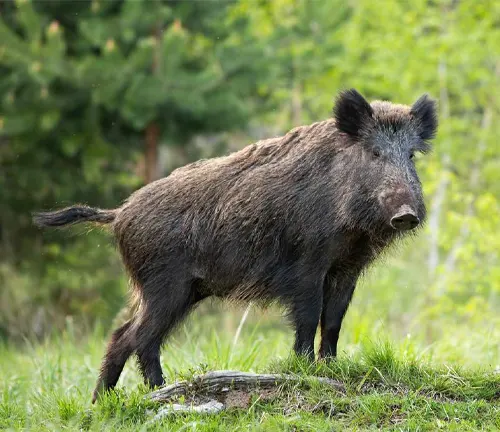
Characterized by sturdy, compact bodies covered in coarse hair, which can range in color from dark brown to black and even reddish-brown, wild boars are well-equipped for survival in diverse environments. Their iconic curved tusks, which are ever-growing, protrude from their snouts and serve as effective tools for defense and foraging. Males, or boars, typically have larger tusks than females, or sows.
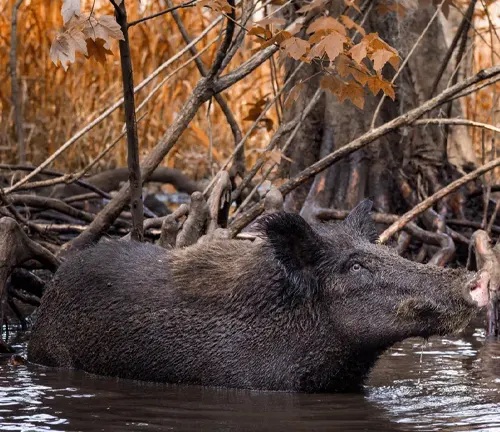
As highly adaptable and opportunistic feeders, wild boars consume a varied diet, including roots, fruits, rodents, and small reptiles. This flexibility in diet, combined with a lack of natural predators in introduced regions, allows them to outcompete native species and disrupt local flora and fauna. Their foraging behavior, which includes rooting in the ground, can lead to significant agricultural damage and soil erosion, exacerbating their impact as an invasive species.
Socially, wild boars are known to form sounders, groups led by females with their young, while adult males are more solitary, except during the breeding season. Despite having poor eyesight, they possess a keen sense of smell, crucial for locating food. Their intelligence and strong survival instincts make them formidable in new environments.
| Characteristic | Description |
|---|---|
| Scientific Name | Sus scrofa |
| Appearance | Robust body, coarse hair (dark brown to black), tusks |
| Habitat | Dense forests, grasslands, wetlands, mountains |
| Distribution | Native to Europe and Asia, introduced to North America |
| Social Structure | Live in groups (sounders), led by a dominant female |
| Diet | Omnivorous; roots, tubers, fruits, small animals |
| Reproduction | Prolific; sows give birth to litters of piglets |
| Predators | Wolves, bears, big cats, and occasionally humans |
| Adaptations | Sharp tusks, keen senses (smell and hearing), tough hide |
| Interactions with Humans | Source of food, hunting sport, occasional agricultural pests |
| Conservation Status | Efforts underway to protect populations and ecosystems |
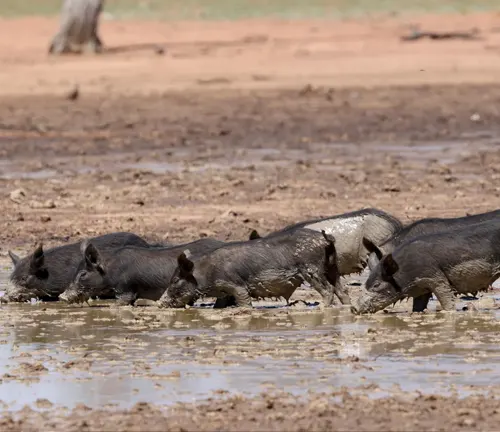
When one thinks of the wild, the image of a powerful and resilient creature often comes to mind, and the wild boar, scientifically known as Sus scrofa, perfectly embodies these qualities. These remarkable creatures have fascinated humans for centuries, and in this article, we will delve into the intriguing world of wild boars. From their physical characteristics to their habitat, behavior, and interactions with humans, we will explore every facet of these extraordinary creatures.
The Wild Boar’s Physical Characteristics
Wild boars are robust animals with a distinctive appearance. They have a sturdy body covered in coarse hair, which varies in color from dark brown to black. Their most iconic feature is the tusks that protrude from their snouts, which are curved and sharp, adding to their intimidating presence.
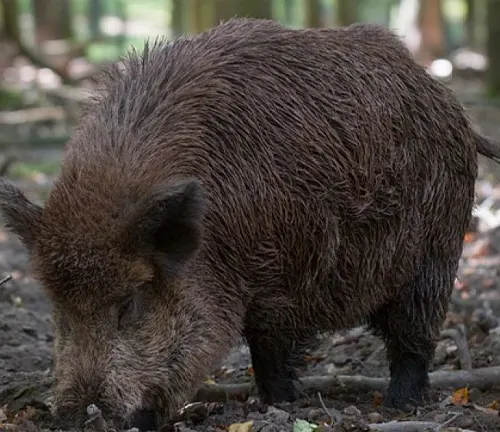

Habitat and Distribution
Wild boars are incredibly adaptable creatures, found in a wide range of habitats across the globe. They inhabit dense forests, grasslands, wetlands, and even mountainous regions. These versatile creatures are native to Europe and Asia but have been introduced to other continents, including North America, where they have thrived in various environments.
Behavior and Social Structure
Wild boars are known for their complex social structures. They live in groups known as sounders, led by a dominant female. Within these groups, boars display a strong sense of hierarchy, with dominant males asserting their authority. Their behavior includes foraging for food, wallowing in mud to regulate body temperature, and engaging in playful activities.
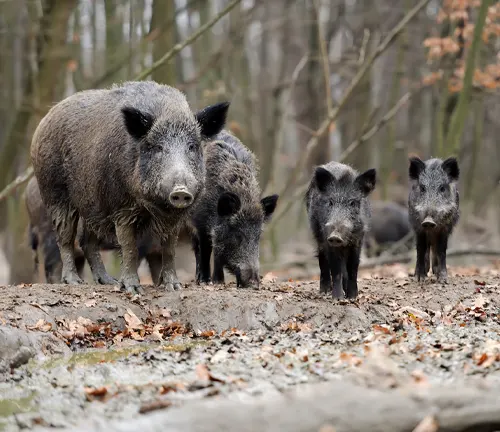
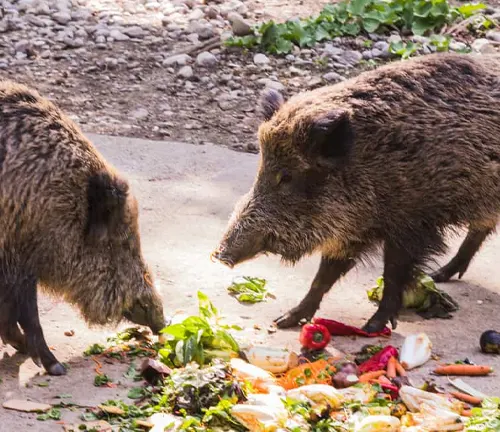
Diet and Feeding Habits
These omnivorous creatures have a diverse diet, consisting of roots, tubers, fruits, and small animals. Their keen sense of smell helps them locate food sources, even underground. This adaptability in their diet contributes to their survival in various environments.
Reproduction and Family Life
Wild boars reproduce prolifically, with females known as sows giving birth to litters of piglets. The piglets are cared for collectively by the sounder, fostering a sense of community within the group. This reproductive strategy ensures the continuation of their species.
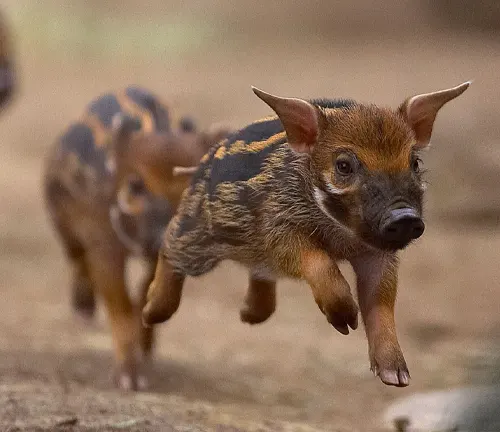
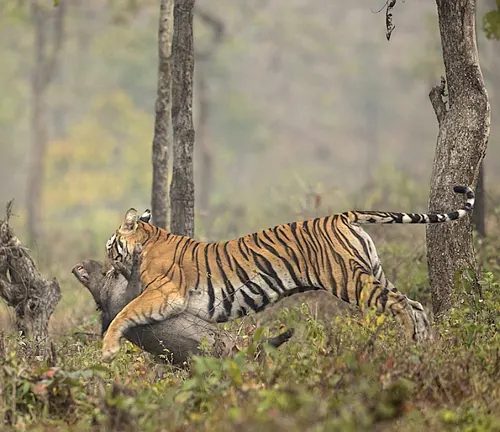
Predators and Threats
While wild boars are formidable creatures, they have their share of predators, including wolves, bears, and big cats. However, their adaptability and strong social structure often deter potential threats. Human activities such as hunting and habitat destruction pose significant threats to their populations.
Adaptations for Survival
Wild boars have developed various adaptations for survival. Their sharp tusks serve both as weapons and tools for digging and rooting. Their keen senses of smell and hearing help them detect danger, while their tough hide protects from external elements.
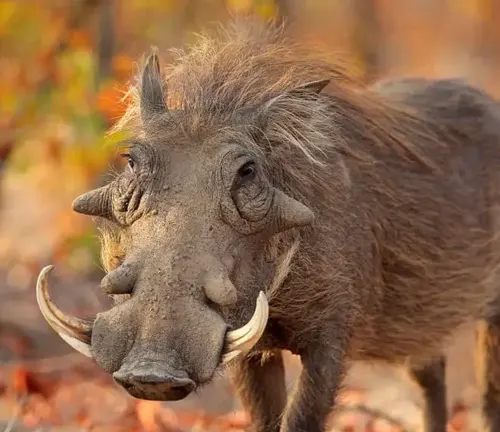
Interactions with Humans
Humans have had a complex relationship with wild boars throughout history. While they have been a source of food and hunting sport, they have also been viewed as agricultural pests. Managing the delicate balance between coexistence and conflict remains a challenge.
Conservation Efforts
Conservation efforts are underway to protect wild boar populations, as they play a crucial role in maintaining ecosystem balance. Educating the public about these animals and promoting responsible hunting practices are essential steps toward their conservation.
Fascinating Facts about Wild Boars
- Wild boars are excellent swimmers.
- They have a remarkable sense of smell, even better than that of a dog.
- The term “boar” refers to males, while females are called “sows.”
- Wild boars can run at surprisingly high speeds, making them elusive targets for predators.
- They are known for their intelligence and adaptability.
The Boar’s Cultural Significance
Wild boars have held cultural significance in various societies. They appear in folklore, mythology, and art, often symbolizing strength, courage, and tenacity. This cultural connection underscores their enduring appeal to humans.
Different Species
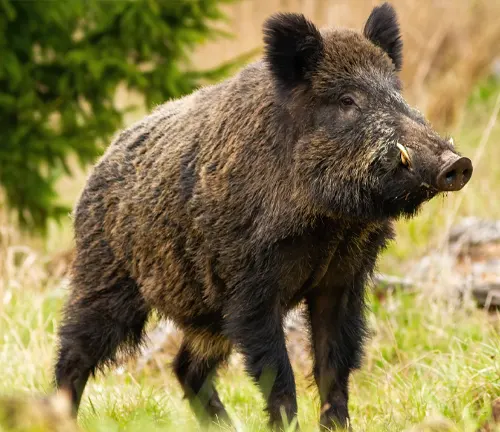
Eurasian Wild Boar
(Sus scrofa scrofa)
This is the nominate subspecies and the most widespread, found in Europe and Asia. It serves as the ancestor of many domestic pig breeds.
Indian Wild Boar
(Sus scrofa cristatus)
Native to the Indian subcontinent, this subspecies is known for its distinctive crest of hair along its back.
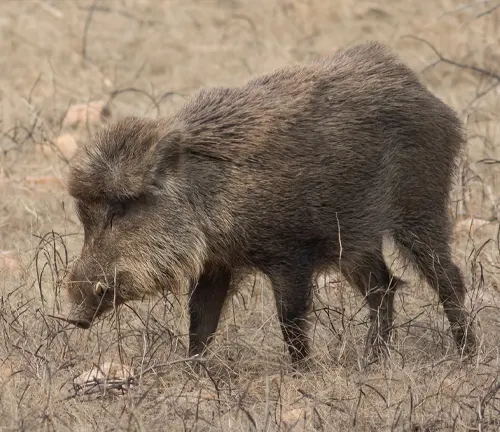
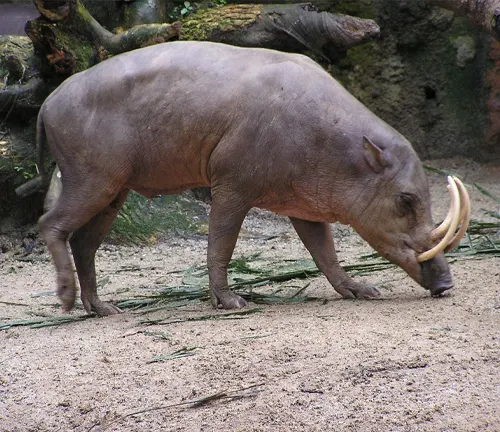
Sulawesi Babirusa
(Babyrousa celebensis)
While not a true wild boar, the Sulawesi Babirusa is closely related. It is known for its unusual curved tusks and is found on the Indonesian island of Sulawesi.
Bornean Bearded Pig
(Sus barbatus)
Found on the island of Borneo, this species is known for its distinctive beard-like tuft of hair on its snout.

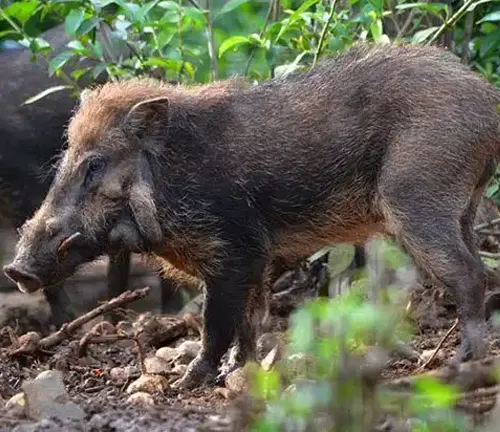
Javan Warty Pig
(Sus verrucosus)
Native to the Indonesian island of Java, this pig species is characterized by its warts and is closely related to wild boars.
Visayan Warty Pig
(Sus cebifrons)
Endemic to the Visayan Islands in the Philippines, this species is critically endangered and is known for its facial warts.
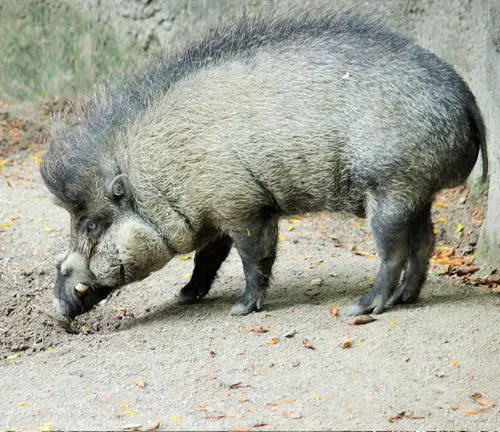
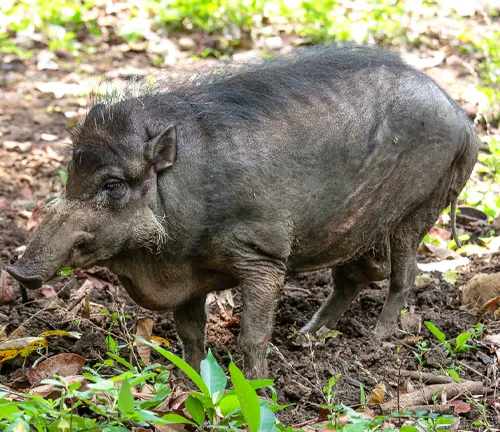
Philippine Warty Pig
(Sus philippensis)
Found in the Philippines, this species includes several subspecies and is known for its warts and unique appearance.
Frequently Asked Question (FAQs)
- Are wild boars dangerous to humans?
While wild boars can be aggressive when provoked or cornered, they generally avoid confrontations with humans. - Do wild boars attack and harm livestock?
Yes, wild boars are known to attack and harm domestic livestock, especially in rural areas where they share habitats. - Are wild boars related to domestic pigs?
Yes, wild boars are the ancestors of domestic pigs. They share a common species, Sus scrofa. - Can wild boars transmit diseases to humans?
Yes, wild boars can transmit diseases, including zoonotic diseases, so it’s essential to handle them with caution and follow safety guidelines when hunting or handling them. - How fast can wild boars run?
Wild boars can run surprisingly fast, reaching speeds of up to 30 miles per hour (48 kilometers per hour). - What is the main threat to wild boar populations?
Habitat loss, hunting, and disease are among the primary threats to wild boar populations. - How many piglets does a wild boar sow typically give birth to?
A wild boar sow can give birth to a litter of 4 to 8 piglets, although larger litters are possible. - What do wild boars eat?
Wild boars have an omnivorous diet that includes roots, tubers, fruits, small animals, and even carrion. - Do wild boars hibernate during winter?
No, wild boars do not hibernate. They are active year-round and adapt to seasonal changes in their habitats. - How long do wild boars live in the wild?
In the wild, the average lifespan of a wild boar is typically 4 to 8 years, but they can live longer in optimal conditions. - What is the gestation period for wild boars?
The gestation period for wild boars is approximately 115 days (around 3.5 months). - Do wild boars have any natural predators?
Yes, wild boars have natural predators, including wolves, bears, big cats, and occasionally humans. - Can you keep a wild boar as a pet?
Wild boars are not suitable as pets due to their wild nature, size, and potential dangers they pose. - What is the conservation status of wild boars?
The conservation status of wild boars varies by region and subspecies, but they are generally considered of least concern. However, localized populations may face threats. - How do wild boars communicate with each other?
Wild boars communicate through vocalizations, body language, and scent marking. They use grunts, squeals, and other sounds to convey messages within their social groups.



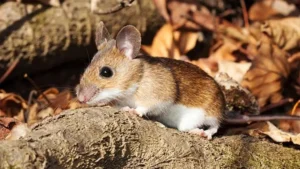

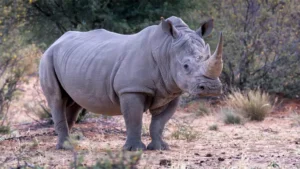
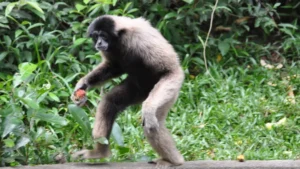

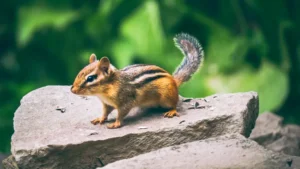
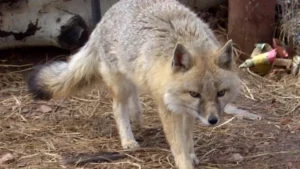



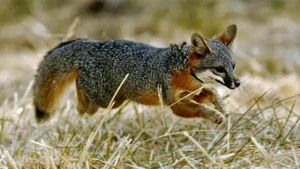
Leave your comment